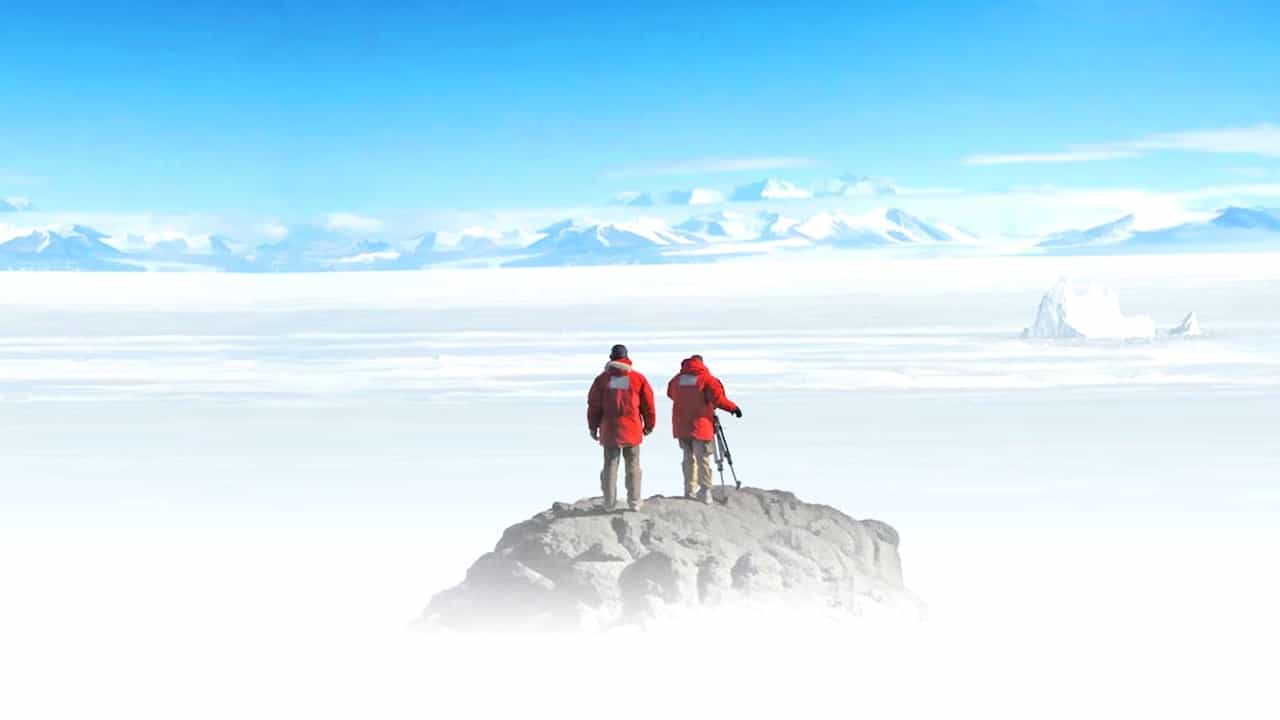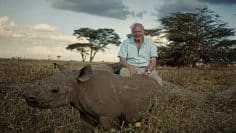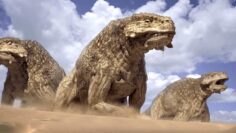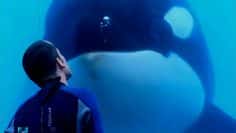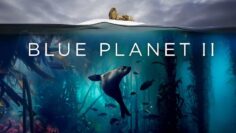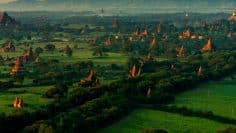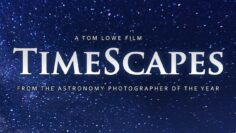Encounters at the End of the World
Encounters at the End of the World takes viewers on a journey to Antarctica, guided by the unique perspective of filmmaker Werner Herzog. The documentary showcases the continent’s stark beauty and introduces the eccentric individuals who have chosen to live and work in this remote location.
Herzog’s narrative begins at McMurdo Station, the largest settlement in Antarctica, where he interviews a diverse array of residents. These include scientists, maintenance workers, and various support staff, each with their own fascinating backstory and reasons for being at the edge of the world. The film captures the essence of these dreamers and adventurers, from a former banker turned bus driver to a linguist struggling to explain his presence on a continent with no native languages.
As the documentary progresses, Herzog ventures beyond McMurdo Station to explore the wider Antarctic landscape. He visits research camps, including a seal study site and an underwater diving location. These excursions provide insight into the scientific work being conducted in Antarctica, from studying neutrinos to observing marine life beneath the ice.
One of the most memorable sequences in Encounters at the End of the World features Herzog’s encounter with penguin researchers. Despite his initial reluctance to focus on penguins, the filmmaker finds himself drawn to these creatures, particularly a lone penguin that inexplicably wanders away from its colony towards certain death in the mountains. This poignant scene serves as a metaphor for the human condition and the inexplicable drive that brings people to such extreme environments.
The documentary also touches on the potential dangers and sublime beauty of Antarctica. Herzog interviews volcanologists studying Mount Erebus, an active volcano, and explores ice caves formed by fumaroles. These sequences highlight the raw power of nature and the precarious position of human existence in such an unforgiving landscape. Throughout the film, Herzog weaves in philosophical musings about humanity’s place in the universe and our relationship with nature.

